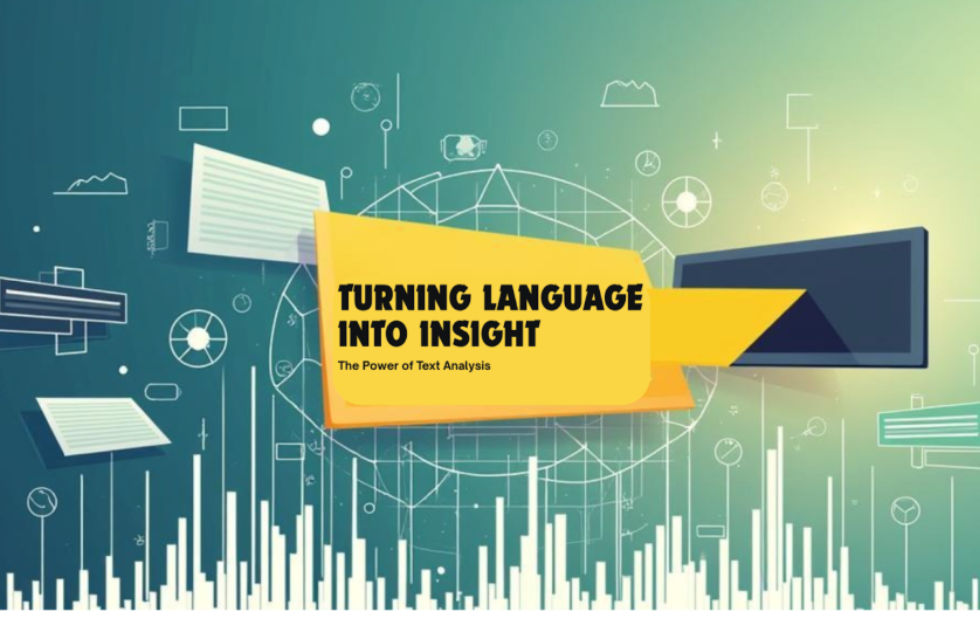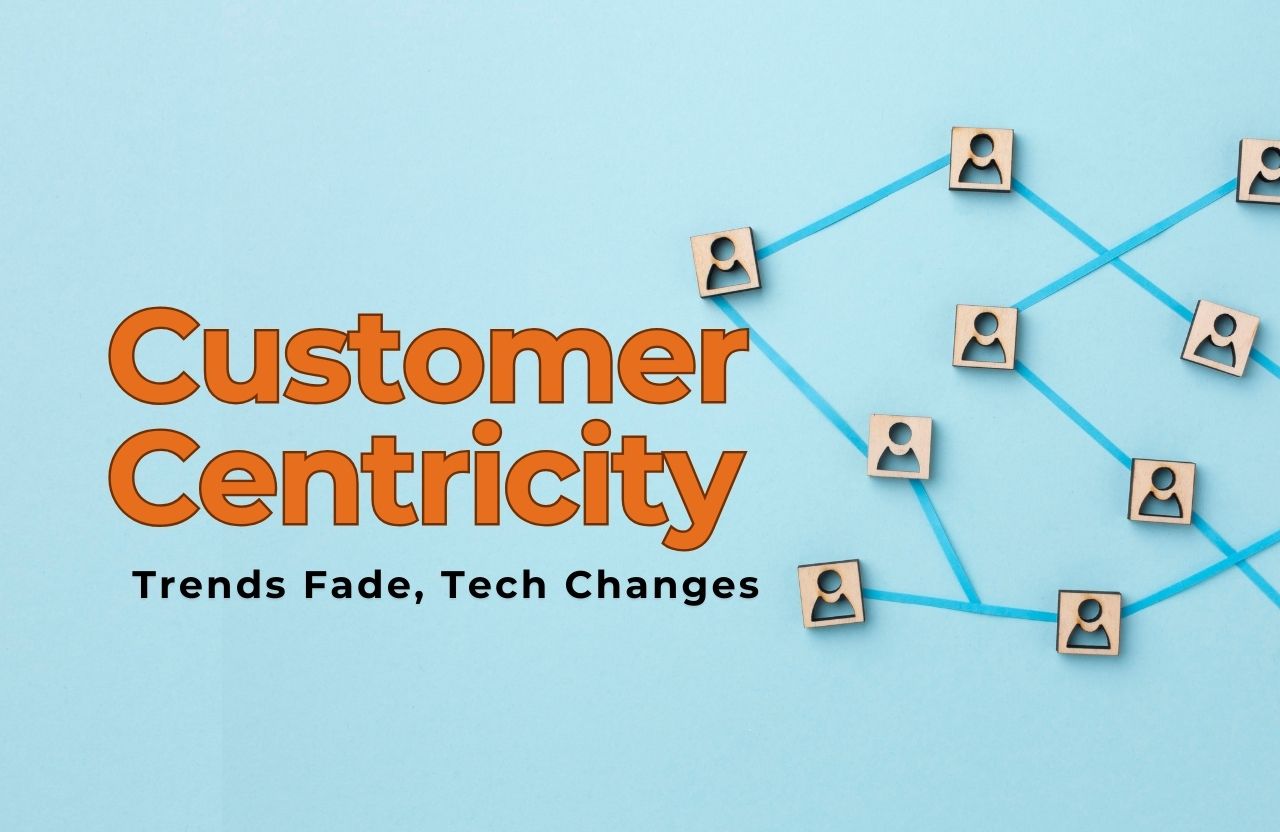In a world overflowing with written content social media posts, customer feedback, surveys, website comments, chat transcripts, and corporate reports, being able to extract actionable insights from text is more important than ever.
Textual data is everywhere, but without the right approach, it’s just a stream of words without structure.
Text analysis tools transform this unstructured data into clear, organized insights that drive better decisions.
They detect subtle patterns, trends, and sentiments that might otherwise remain hidden, helping you start seeing what text analysis can do from the very first dataset you process.
The true power of these tools lies in moving beyond basic keyword searches and manual checks.
Leveraging artificial intelligence (AI) and natural language processing (NLP), they interpret meaning, context, and tone to deliver precision and clarity in decision-making.
Why Text Analysis Tools Matter Today
Sorting through text manually is slow, expensive, also it is prone to human bias.
Even given a skilled team that analyzes large information volumes consistently and objectively, it is difficult.
These limitations are designed to be overcome via modern text analysis tools.
They do possess machine learning capabilities, and they can learn from data over time, so they might improve accuracy as they process more information.
Obvious keywords, along with intent and tone, and relational context between words, can be uncovered.
These tools make it possible to:
- Monitor changing customer needs through sentiment shifts
- Identify recurring issues in support tickets
- Detect emerging market trends from online conversations
- Help research teams find relevant patterns within vast academic material
Large value exists in profundity.
Speed is not all there is.
Decisions can be backed up by evidence that is both timely and relevant.
Seeing the “why” comes before these words here.
Key Features That Elevate Text Analysis Results
Choosing the right platform is important, but knowing which functions to prioritize ensures that the insights are genuinely valuable.
1. Automated Categorization
Automatic tagging of text as topics, themes, or sentiment is helpful for the removal of repetitive manual sorting.
It helps to ensure consistency across such large datasets.
This makes a deeper interpretation possible.
2. Sentiment Analysis
Identifying whether content is positive or negative is short of what this feature does.
More advanced sentiment analysis considers all the subtleties, such as mixed emotions, sarcasm, or the intensity of feeling.
It is valuable, since it allows for more accurate customer understanding.
3. Multilingual Capabilities
For global organizations, analyzing only one language is something they cannot afford.
In the analysis, valuable feedback from diverse regions is included via the multilingual functionality without there being translation errors or delays.
4. Real-Time Insights
Some decisions cannot wait for weekly reports or monthly reports.
Real-time processing lets organizations act instantly upon issues, trends, as well as opportunities, whether a sudden wave of dissatisfaction surges or marketing goes viral.
5. Customizable AI Models
Industries contain unique vocabulary and jargon.
A customizable AI model lets you train it since the tool recognizes your sector’s specific language, which increases relevance plus accuracy.
Best Practices for Using Text Analysis Tools Successfully
Powerful features are only part of the equation.
How you apply them determines the quality of the outcome.
Define Your Goals Clearly
Start by asking yourself: What am I trying to do to achieve this?
Are you seeking to reduce customer complaints, are you measuring audience interaction, or will you identify product improvement areas?
You do not get overwhelmed by irrelevant data when you are setting focused objectives.
Gather Comprehensive Data Sources
Social media, online reviews, surveys, and chat logs offer different, varied perspectives.
A holistic understanding is gained through combining sources instead of a biased or limited view.
Combine Metrics for Richer Insights
Numbers that tell a story include website conversions, churn rates, or sales performance.
This narrative is incomplete, though.
The context, as well as the reasoning behind all the numbers, is revealed whenever pairing qualitative perceptions with each of these.
Text analysis provides for those qualitative perceptions.
Train Teams on Interpretation
Oversight by humans still occurs with automation.
In order to shape action plans, be sure that your team uses all of the data so they can spot anomalies plus interpret trends.
Learn more about effective data interpretation strategies to enhance your team’s analytical skills.
Seeing What Text Analysis Can Do in Real-World Scenarios
Text analysis can reveal far more than individual facts; it can uncover patterns that drive innovation.
By seeing what text analysis can do, you gain the ability to understand audiences, markets, and even competitors on a deeper level.
For example, an online retailer might use text analysis to:
- Detect recurring complaints about delivery delays and address them in logistics operations
- Track positive feedback on specific product features and use that in marketing campaigns
- Identify regional variations in customer comments, adjusting product descriptions to local preferences
A research institution might process thousands of academic papers in order to pinpoint what fields of study emerge or how scholarly debate shifts.
A customer service department could immediately assess post-interaction surveys to see where agents excel and where training improvements are needed.
Both technical as well as non-technical teams are in a position to work efficiently on account of this combination.
How Text Analysis Creates Competitive Advantages
In competitive environments, both precision and speed matter.
Organizations are able to respond in a faster way to operational issues and also market demands as well as changing sentiments, with their use of text analysis tools.
Because of this lack of ability, competitors cannot respond quickly.
They also enable experimentation along with impact measurement in cycles, launching campaigns, assessing reactions, fine-tuning messages, and relaunching with improvements.
This method repeats, which steadily improves the outputs as time passes.
Changes become obvious, also giving organizations anticipation ability.
They are able to detect the shifts within tone or conversation topics and even key terms earlier than all others.
So, they may act before, not after.
The Road Ahead for Text Analysis
While today’s tools are powerful, technology still advances onward.
We’re moving toward an even greater contextual understanding plus finer emotional detection.
We are also working on providing more intuitive dashboard experiences.
Cross-platform integration becomes even smoother because it allows analysis results to directly feed into marketing platforms and CRM systems, and operational dashboards with no manual imports.
Businesses, along with researchers plus public institutions, can now bring the customer’s voice or data understanding directly into those decision-making cycles.
Final Thought
Text analysis tools are no longer optional since they are necessary for organizations working with large amounts of unstructured text.
The benefits extend toward product innovation, customer relationships, and market competitiveness.
They also touch research capabilities along with efficiency.
You are able to unlock all of the full potential in textual data if you select all of the right features and define clearer goals, then commit to a more regular review with interpretation.
Value comes not from information volume, but from acting using information that is clear and targeted.
Organizations that thrive will embrace these tools within their strategy’s core components.
The tools do not simply provide technical additions.
With the right approach, every comment and every conversation, and every piece of feedback becomes an opportunity for growth and for improvement.












